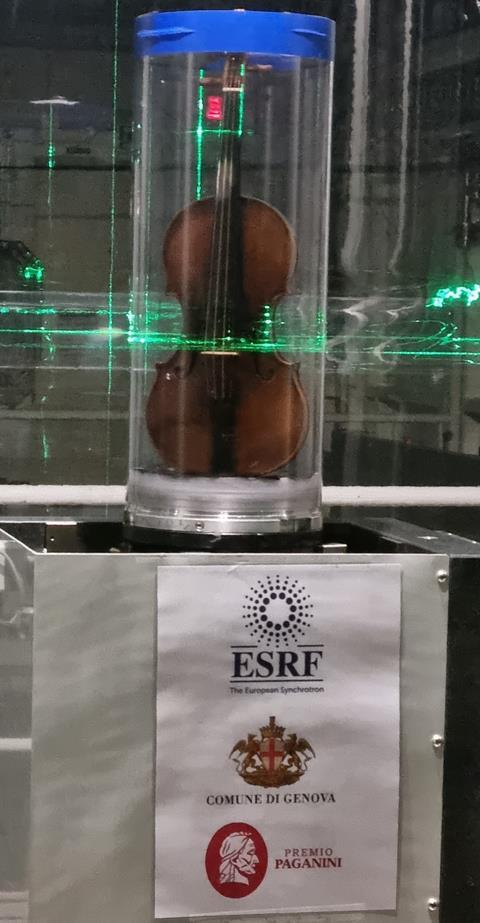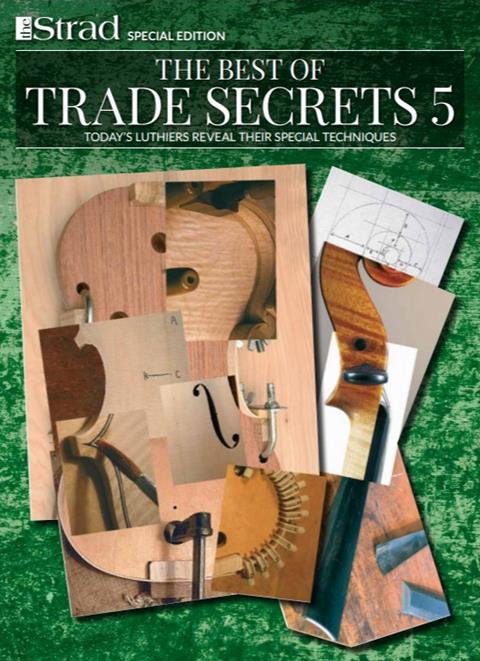The historic 1743 Guarneri ’del Gesú’ violin has been scanned by a particle accelerator in Grenoble in search for the secrets to its unique sound

Read more news stories here
The Guarneri ’del Gesú’ ’Il Cannone’ violin has travelled from Genoa to Grenoble for X-ray micro-analysis in an effort to help conserve the historic instrument and to better understand its unique sound qualities.
The famed violin was made in 1743 by Giuseppe Bartolomeo Guarneri ’del Gesú’ and was a favourite of the Italian violin virtuoso and composer Niccolo Paganini. Dubbed ’Il Cannone’ (’the cannon’) because of its powerful sound, Paganini played the instrument for decades until his death in 1840.
The instrument became property of Genoa, Paganini’s home city, after his death. Today, the violin is only brought out occasionally to be played, including by the winners of Genoa’s ‘Premio Paganini’ international violin competition.
‘Il Cannone’ was insured for the value of €30 million on its travels from Genoa to Grenoble. Grenoble is the home of the European Synchrotron Radiation Facility (ESRF), a particle accelerator which scanned the violin down to the cellular structure of its wood. A 3D model will be made eventually, which will hold details of the violin down to a micron (one millionth of a metre).
’If ever any flaws need repairing, we will have all the details,’ said Paul Tafforeau of the ESRF. Tafforeau also hoped that the micro-analysis would shed light on the violin’s sound qualities.
’It’s an exceptional instrument in terms of its sound qualities, he said. ’With this data, we hope to better understand why.’
The details of the X-ray analysis will take several months. Until then, the guiding principle for any restoration work on the instrument is ’to exercise extreme caution, or abstain altogether”,’said Alberto Giordano, a curator of instruments in Genoa.
’I get older, but the violin stays the same, and that’s the way it should be,’ he said.
Listen: The Strad Podcast Episode #4: Francesca Dego on playing ‘Il Cannone’
Read: Looking after Paganini’s ‘Il Cannone’ violin
Read more news stories here
An exclusive range of instrument making posters, books, calendars and information products published by and directly for sale from The Strad.
The Strad’s exclusive instrument posters, most with actual-size photos depicting every nuance of the instrument. Our posters are used by luthiers across the world as models for their own instruments, thanks to the detailed outlines and measurements on the back.
The number one source for a range of books covering making and stinged instruments with commentaries from today’s top instrument experts.
This year’s calendar celebrates the top instruments played by members of the Australian Chamber Orchestra, Melbourne Symphony, Australian String Quartet and some of the country’s greatest soloists.













































No comments yet